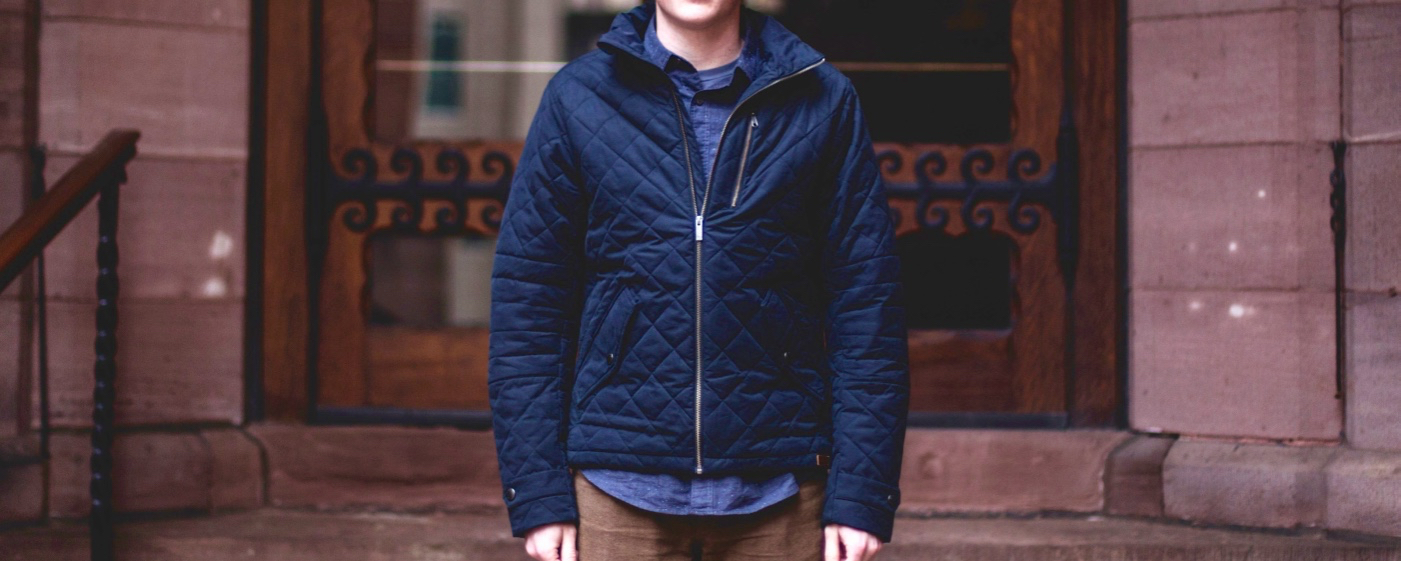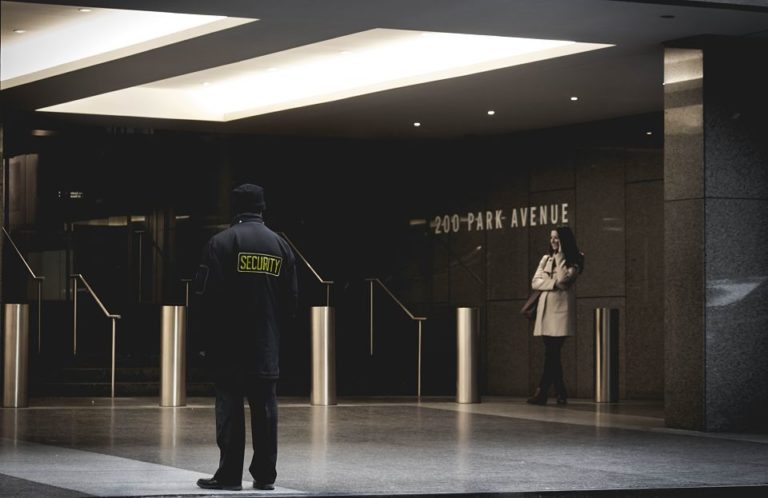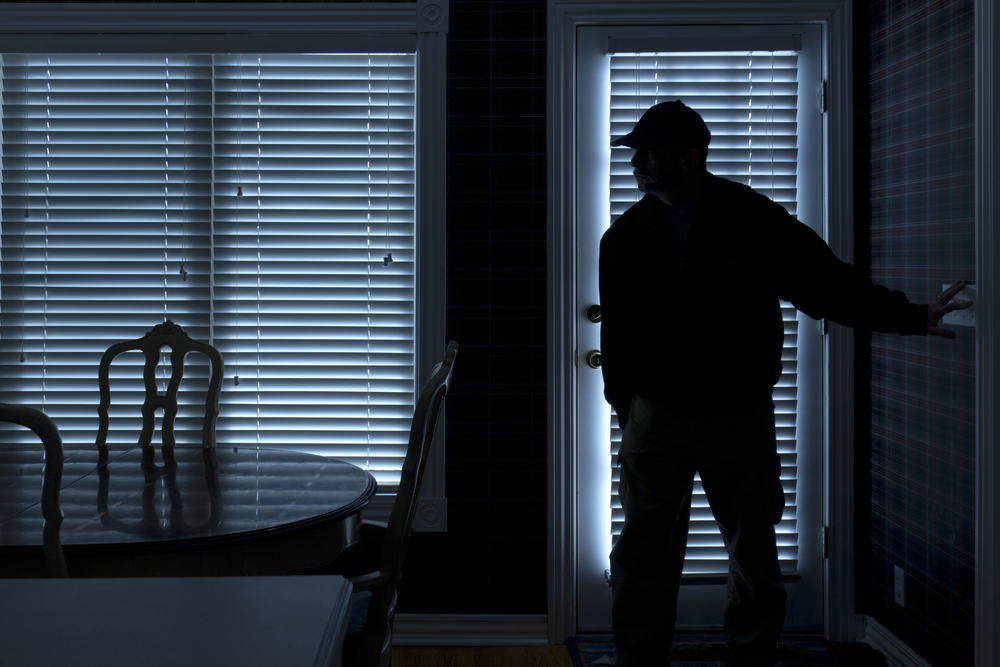Intrusion Detection

Predator: Joe C. – Retired Special Agent, Federal Bureau of Investigation
Discussion: This month, we interviewed Joe, a retired Federal Bureau of Investigation (FBI) honcho, who has great tips for detecting nosey neighbors and roommates, snooping co-workers, more nefarious individuals, or even teens raiding the liquor cabinet. Intrusion detection comes in handy whether you’re protecting the home front or traveling abroad. In many countries, hotel security and government officials work together to monitor foreigners.
Joe always cracks the file cabinets and drawers in his office a uniform quarter inch. Easy to do, difficult to notice if you’re snooping. It’s one of the small adjustments you can make to your personal environment to catch the uninvited. Remember, the goal isn’t necessarily to bust the snoop. Avoid setting obvious traps that may bring more unwanted attention. The goal is to gain knowledge so you can take appropriate actions.
Joe ran into a lot of fun ways to detect intruders when he was doing surveillance on the mob. One wise guy used to stick a piece of black thread across his door frame whenever he left. If the thread was disturbed when he returned, the bad guy knew someone had been in his place. It was his signal to check for bugs and other surveillance devices. Strategic placement of a small, common object, like a thread or pocket lint, in an entryway is a great trap to identify intruders. What other ways can intruders be identified?
Take a Baseline: Survey the room. Take a mental snapshot of entry points. Note the initial condition. Each time you enter the room, note any changes. Check the floor for leftover debris or displacement of carpet created by the installation of listening devices. For vehicles, make a similar, detailed survey. Note displacement patterns of dirt on the outside and inside of the vehicle. Check for smudges or handprints. Pay special attention to the passenger side. A trained specialist enters at points opposite of the driver.
Discreet Alignment Techniques: For the cardinal bearings technique, use a compass or compass app to align items in a room or vehicle in one direction (north, south, east or west). This simple method is difficult for an intruder to detect. For example, position obstructions around the USB port on your laptop to determine whether data has been downloaded using the flash drives. A good obstruction is a water bottle with lettering. You will remember how the lettering on the label was oriented, but will the intruder?
Space and Depth Techniques: Experienced hackers often bypass laptop operating systems. They flip the laptop upside down and unscrew the hard drive to access the contents. To detect laptop movement, use a thumb or measurement tool when setting it in position. You can also take note of the axis alignment of the screws on the back of the laptop.
Photo Trap App: You can also use the Photo Trap app or a similar app to tell if someone has been digging in your drawers. There’s no need to tax your memory, or switching back and forth between photos on your camera to compare images. The app does all the work. You simply take before and after photo of belongings of your personal space. The app compares and then animates any portions of the photo that aren’t an exact match. Used by government agencies, Photo Trap is available for Apple and Android https://clintemerson.wpengine.com/photo-trap-app/ ($1.99 cents).
Now it’s your turn. Intrusion detection is an art. Be creative. The only rules are to keep it natural to the environment, discreet and easy to remember.
More to Follow!






